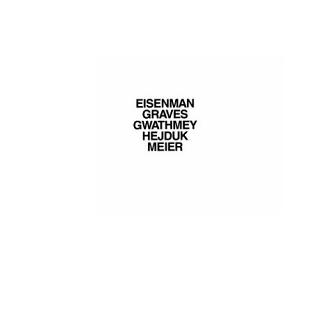the new york five

The New York Five refers to a group of five New York City architects (Peter Eisenman, Michael Graves, Charles Gwathmey, John Hejduk and Richard Meier) who were subjects of a Museum of Modern Art exhibition organized by Arthur Drexler in 1969, and the subsequent book Five Architects in 1972.
These five had a common allegiance to a pure form of architectural modernism, harkening back to the work of Le Corbusier in the 1920s and 1930s, although on closer examination their work was far more individual. The grouping may have had more to do with social and academic allegiances, particularly the mentoring role of Philip Johnson.
The show did produce a stinging rebuke in the May 1973 issue of Architectural Forum, a group of essays called "Five on Five", written by architects Ronaldo Giurgola, Allan Greenberg, Charles Moore, Jaquelin Robertson, and Robert A. M. Stern. These five, known as the "Grays", attacked the "Whites" on the grounds that this pursuit of the pure modernist aesthetic resulted in unworkable buildings that were indifferent to site, indifferent to users, and divorced from daily life. These "Grays" were aligned with Philadelphia architect Robert Venturi and the emerging interest in vernacular architecture and early postmodernism.
John Hejduk was primarily an educator, and died in 2000. The remaining four of the New York Five have produced significantly divergent work, and disavow any continuing relationship with each other. Graves embraced postmodernism. Eisenman became the architect most associated with Deconstructivism. Meier's buildings remain truest to the modernist aesthetic and, true to Corbusian form.
